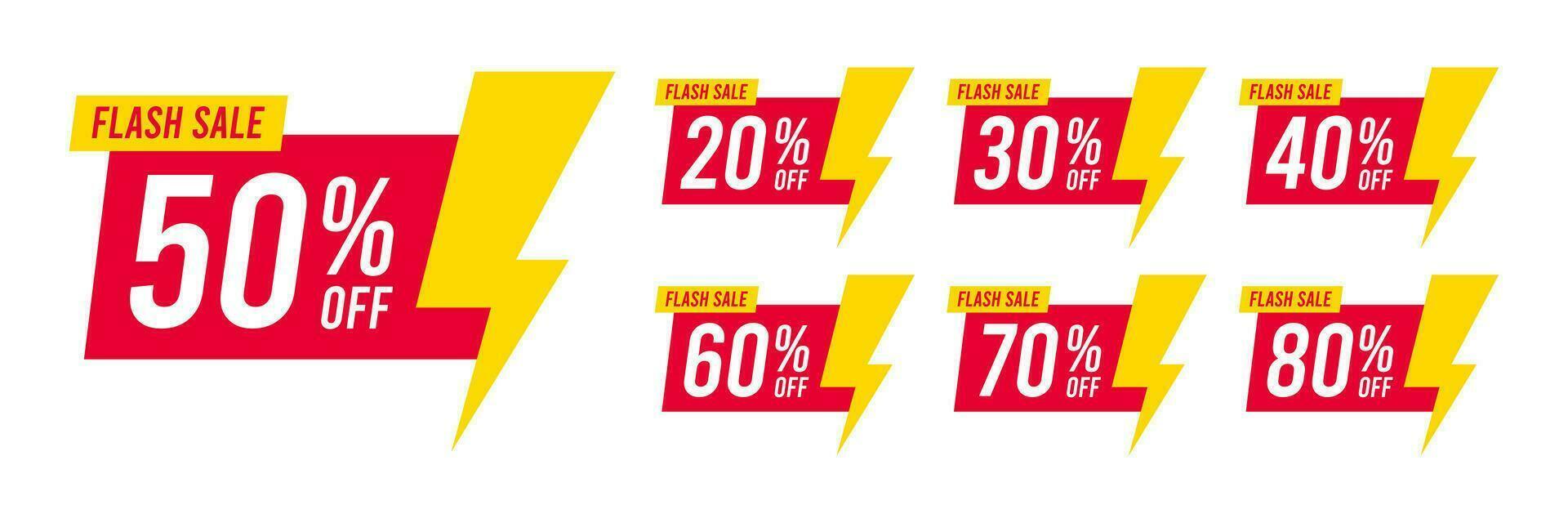
In the fast-paced world of e-commerce, flash sales have emerged as a popular marketing strategy, enticing consumers with promises of deep discounts and limited-time offers. These sales events are often characterized by their urgency, with retailers offering substantial markdowns on select items for a brief period. However, as consumers eagerly flock to snag these seemingly unbeatable deals, a critical question arises: Are flash sales genuinely beneficial, or do they mask deceptive practices that could be considered a scam? This article delves into the intricacies of flash sales, examining their structure, impact on consumer behavior, and the underlying tactics employed by retailers. By analyzing various perspectives and case studies, we aim to uncover whether flash sales are a legitimate opportunity for savings or a cleverly disguised ploy to drive sales and inflate perceived value.
Understanding the Mechanics of Flash Sales
At the core of these time-sensitive promotions is a blend of psychological triggers and strategic marketing tactics. Flash sales leverage the power of urgency and scarcity to drive consumer action. When customers are faced with a ticking clock and limited stock, the fear of missing out (FOMO) intensifies, compelling them to make quicker purchasing decisions. Retailers often couple this with enticing discounts that appear irresistible, creating a perfect storm for impulse buying.
- Urgency: The countdown timer creates a sense of immediacy, prompting buyers to act swiftly.
- Scarcity: Limited quantities amplify the allure of exclusivity and rarity.
- Perceived Value: Deep discounts can make consumers feel they’re getting a significant deal, even if the original prices are inflated.
Moreover, flash sales can serve as a data collection tool for businesses. By analyzing consumer behavior during these events, companies can refine their marketing strategies, optimize inventory management, and enhance customer targeting. While the mechanics are designed to boost sales and gather insights, the question of whether these tactics are manipulative or simply effective marketing remains open to interpretation.

Analyzing Consumer Behavior During Flash Sales
Understanding how consumers react during limited-time promotions can reveal much about the psychology behind flash sales. These events often create a sense of urgency, leading to a rush of impulse buying. Shoppers are driven by a fear of missing out (FOMO), which can trigger hasty purchase decisions. Retailers capitalize on this behavior by using countdown timers, limited stock alerts, and exclusive deals that can pressure consumers into buying items they might not need. The psychological pressure is real, yet effective, as it taps into the basic human instinct to secure a deal before it disappears.
On the other hand, some consumers approach flash sales with a more strategic mindset. They often have specific items in mind, conduct thorough price comparisons, and set clear budgets before the sale begins. Such consumers are less susceptible to the impulsive nature of these events. Their behavior often includes:
- Setting price alerts well in advance to track genuine discounts.
- Using wish lists to avoid unnecessary purchases.
- Researching product reviews to ensure quality and satisfaction.
This planned approach helps in mitigating the risk of falling for marketing gimmicks and ensures that the purchase is genuinely beneficial.

Evaluating the True Value of Flash Sale Discounts
When consumers encounter the alluring promise of flash sale discounts, the immediate reaction is often to jump at the chance of snagging a bargain. However, it’s crucial to critically assess whether these discounts truly deliver the value they claim. Pricing strategies employed by retailers can sometimes mask the actual savings. For instance, some retailers might inflate the original price just before a sale, creating an illusion of a substantial discount. In such scenarios, the perceived value can be misleading, leaving consumers with a deal that’s not as lucrative as it seems.
Furthermore, it’s important to consider the product quality and necessity when evaluating these discounts. While a 50% off tag might seem irresistible, it’s worth questioning whether the product is something you genuinely need or if it’s an impulse buy driven by the ticking clock of a flash sale. Key factors to consider include:
- Authenticity of the discount – Is the discount based on a genuine reduction from the standard market price?
- Quality of the product – Are you compromising on quality for the sake of a reduced price?
- Return policies – Are there restrictive conditions that might affect your ability to return the item?
Analyzing these aspects can help you determine whether the flash sale is a true opportunity for savings or simply a marketing tactic.

Recommendations for Making Informed Purchasing Decisions
To navigate the complexities of flash sales and ensure your purchasing decisions are well-informed, consider the following strategies. First, always research the original price of the product. Flash sales often advertise significant discounts, but without knowing the item’s regular price, it’s challenging to assess the true value of the deal. Utilize price comparison websites and tools to verify whether the discount is as substantial as it appears.
- Set a budget: Determine what you’re willing to spend before the sale begins to avoid impulse purchases.
- Read reviews and ratings: Look for feedback from other customers to gauge the quality and reliability of the product.
- Check return policies: Ensure you understand the terms for returns or exchanges, as some flash sales may have more restrictive policies.
- Sign up for alerts: Subscribe to newsletters or alerts from your favorite retailers to receive notifications about upcoming flash sales and exclusive deals.
By following these recommendations, you can mitigate the risks associated with flash sales and make purchases that are both economically and personally satisfying.



